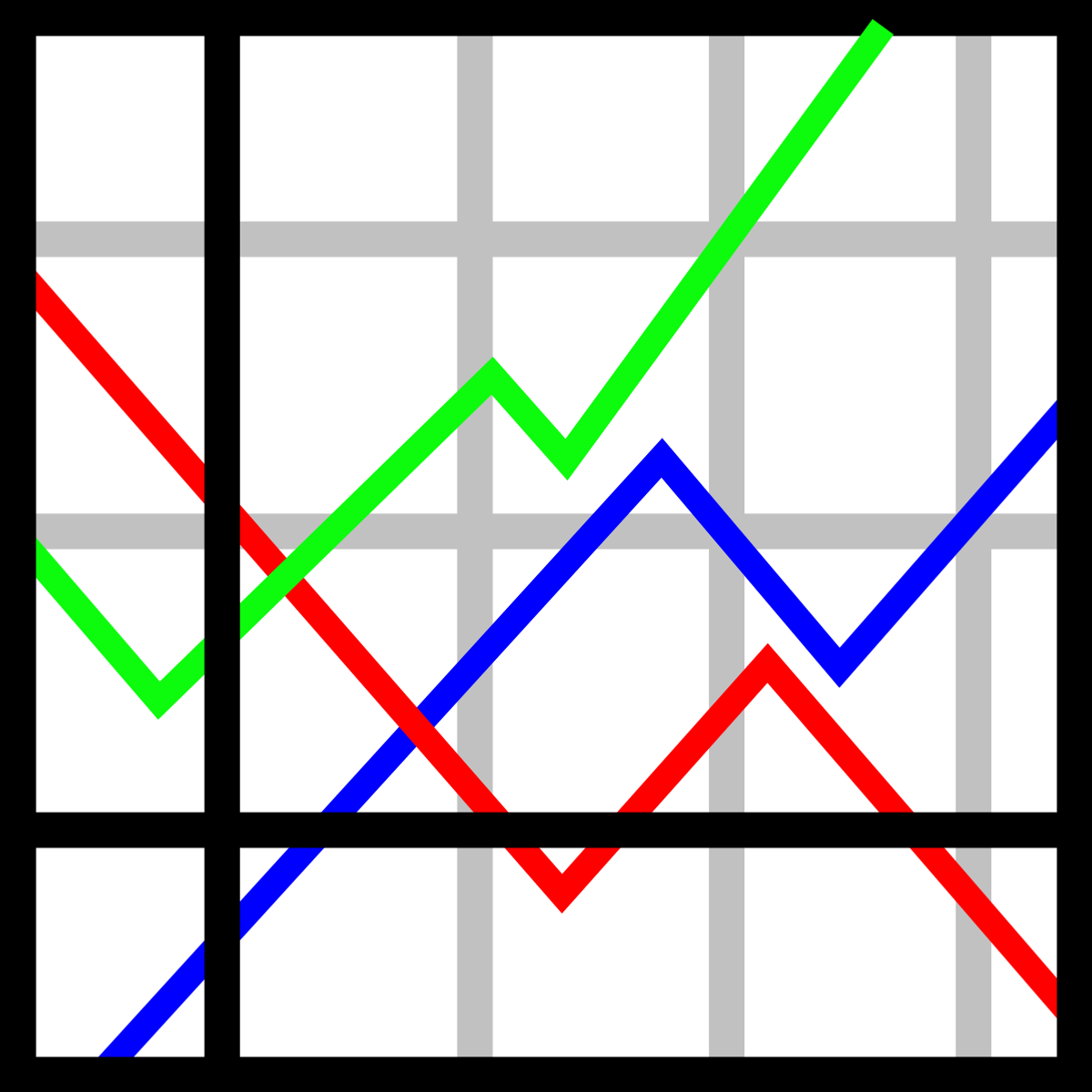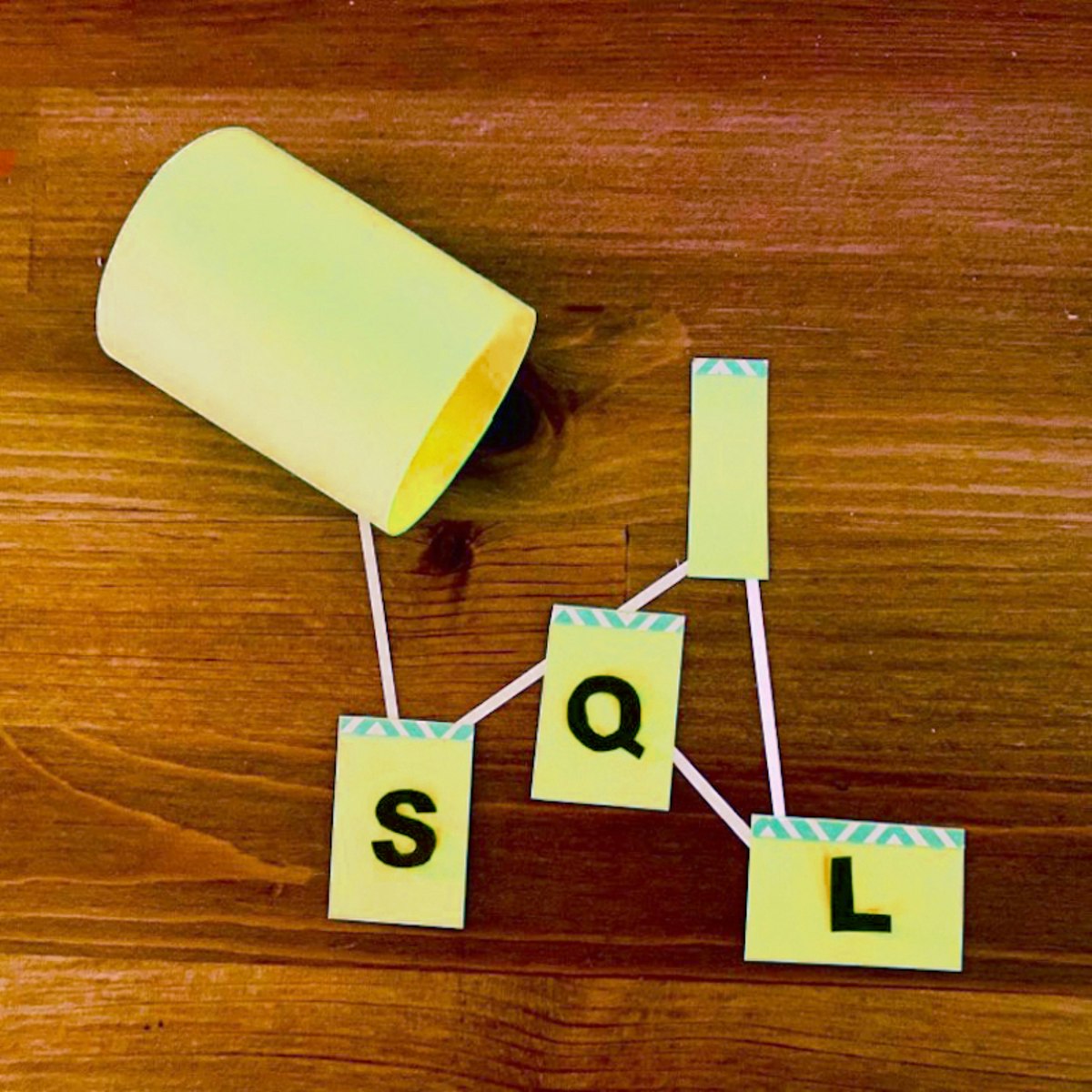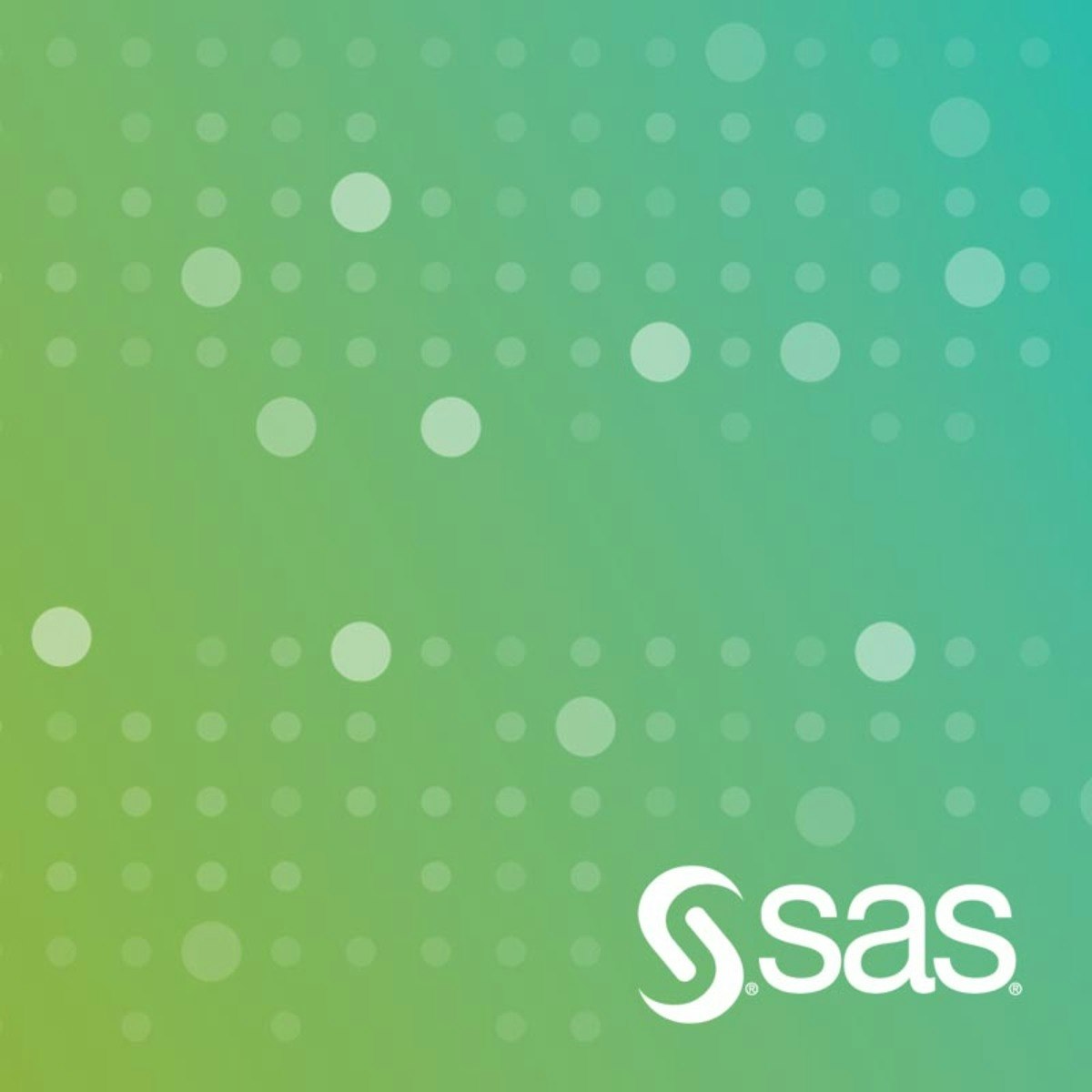Back to Courses









Data Analysis Courses - Page 21
Showing results 201-210 of 998

Big Data Analysis to a Slide Presentation
This is a self-paced lab that takes place in the Google Cloud console.
This lab leverages two Google developer platforms: G Suite and Google Cloud Platform (GCP). It uses GCP's BigQuery API, Sheets, and Slides to collect, analyze and present data.

Predict Ideal Diamonds over Good Diamonds using a Random Forest using R
In this 1-hour long project-based course, you will learn how to (complete a training and test set using an R function, practice looking at data distribution using R and ggplot2, Apply a Random Forest model to the data, and examine the results using RMSE and a Confusion Matrix).
Note: This course works best for learners who are based in the North America region. We’re currently working on providing the same experience in other regions.

Classify Radio Signals from Space using Keras
In this 1-hour long project-based course, you will learn the basics of using Keras with TensorFlow as its backend and use it to solve an image classification problem. The data we are going to use consists of 2D spectrograms of deep space radio signals collected by the Allen Telescope Array at the SETI Institute. We will treat the spectrograms as images to train an image classification model to classify the signals into one of four classes. By the end of the project, you will have built and trained a convolutional neural network from scratch using Keras to classify signals from space.
This course runs on Coursera's hands-on project platform called Rhyme. On Rhyme, you do projects in a hands-on manner in your browser. You will get instant access to pre-configured cloud desktops containing all of the software and data you need for the project. Everything is already set up directly in your internet browser so you can just focus on learning. For this project, you’ll get instant access to a cloud desktop with Python, Jupyter, and Tensorflow pre-installed.
Notes:
- You will be able to access the cloud desktop 5 times. However, you will be able to access instructions videos as many times as you want.
- This course works best for learners who are based in the North America region. We’re currently working on providing the same experience in other regions.

Crash couse in Gnuplot
By the end of this project, you will be able to edit and plot your own functions and data points with Gnuplot. You will be familiar with the basic utilization of the command-driven plotting of Gnuplot, making it easier to learn any other skill in Gnuplot. Plotting your functions, data points and even automatizing the production of many graphics will not be a challenge anymore.

Statistics for Data Science with Python
This Statistics for Data Science course is designed to introduce you to the basic principles of statistical methods and procedures used for data analysis. After completing this course you will have practical knowledge of crucial topics in statistics including - data gathering, summarizing data using descriptive statistics, displaying and visualizing data, examining relationships between variables, probability distributions, expected values, hypothesis testing, introduction to ANOVA (analysis of variance), regression and correlation analysis. You will take a hands-on approach to statistical analysis using Python and Jupyter Notebooks – the tools of choice for Data Scientists and Data Analysts.
At the end of the course, you will complete a project to apply various concepts in the course to a Data Science problem involving a real-life inspired scenario and demonstrate an understanding of the foundational statistical thinking and reasoning. The focus is on developing a clear understanding of the different
approaches for different data types, developing an intuitive understanding, making appropriate assessments of the proposed methods, using Python to analyze our data, and interpreting the output accurately.
This course is suitable for a variety of professionals and students intending to start their journey in data and statistics-driven roles such as Data Scientists, Data Analysts, Business Analysts, Statisticians, and Researchers. It does not require any computer science or statistics background. We strongly recommend taking the Python for Data Science course before starting this course to get familiar with the Python programming language, Jupyter notebooks, and libraries. An optional refresher on Python is also provided.
After completing this course, a learner will be able to:
✔Calculate and apply measures of central tendency and measures of dispersion to grouped and ungrouped data.
✔Summarize, present, and visualize data in a way that is clear, concise, and provides a practical insight for non-statisticians needing the results.
✔Identify appropriate hypothesis tests to use for common data sets.
✔Conduct hypothesis tests, correlation tests, and regression analysis.
✔Demonstrate proficiency in statistical analysis using Python and Jupyter Notebooks.

Specialized Models: Time Series and Survival Analysis
This course introduces you to additional topics in Machine Learning that complement essential tasks, including forecasting and analyzing censored data. You will learn how to find analyze data with a time component and censored data that needs outcome inference. You will learn a few techniques for Time Series Analysis and Survival Analysis. The hands-on section of this course focuses on using best practices and verifying assumptions derived from Statistical Learning.
By the end of this course you should be able to:
Identify common modeling challenges with time series data
Explain how to decompose Time Series data: trend, seasonality, and residuals
Explain how autoregressive, moving average, and ARIMA models work
Understand how to select and implement various Time Series models
Describe hazard and survival modeling approaches
Identify types of problems suitable for survival analysis
Who should take this course?
This course targets aspiring data scientists interested in acquiring hands-on experience with Time Series Analysis and Survival Analysis.
What skills should you have?
To make the most out of this course, you should have familiarity with programming on a Python development environment, as well as fundamental understanding of Data Cleaning, Exploratory Data Analysis, Calculus, Linear Algebra, Supervised Machine Learning, Unsupervised Machine Learning, Probability, and Statistics.

Exploratory Data Analysis
This course covers the essential exploratory techniques for summarizing data. These techniques are typically applied before formal modeling commences and can help inform the development of more complex statistical models. Exploratory techniques are also important for eliminating or sharpening potential hypotheses about the world that can be addressed by the data. We will cover in detail the plotting systems in R as well as some of the basic principles of constructing data graphics. We will also cover some of the common multivariate statistical techniques used to visualize high-dimensional data.

Intermediate Relational Database and SQL
In this 1-hour long project-based course, you will gain hands-on experience and learn how to create and maintain relational databases such as MySQL, Oracle and MS Access. Concepts covered include database and table creation, primary keys and foreign keys. If you have some experience with end-user level SQL and want to advance to a designer or database administrator role, this course is for you!
Note: Taking my course "Introduction to Relational Database and SQL" before taking this course is highly recommended. Especially if you do not have any previous experience with relational database and SQL.
Creating Advanced Reports with SAS Visual Analytics
In this course, you learn how to create advanced data items, filters, and parameters in SAS Visual Analytics.

Assessment for Data Analysis and Visualization Foundations
This is the final course in the Data Analysis and Visualization Foundations Specialization. It contains a graded final examination covering content from three courses: Introduction to Data Analytics, Excel Basics for Data Analysis, and Data Visualization and Dashboards with Excel and Cognos.
From the Introduction to Data Analytics course, you will be assessed on your knowledge of topics such as the data ecosystem and the fundamentals of data analysis, including data gathering and data mining tools. From the Excel Basics for Data Analysis course, you should be prepared to answer test items on topics like how Excel spreadsheets are used in data analytics, cleansing and wrangling data, as well as pivot tables. Finally, from the Data Visualization and Dashboards with Excel and Cognos course, you will demonstrate your knowledge on topics such as the basics of IBM Cognos and using Excel for data visualization.
Popular Internships and Jobs by Categories
Find Jobs & Internships
Browse
© 2024 BoostGrad | All rights reserved